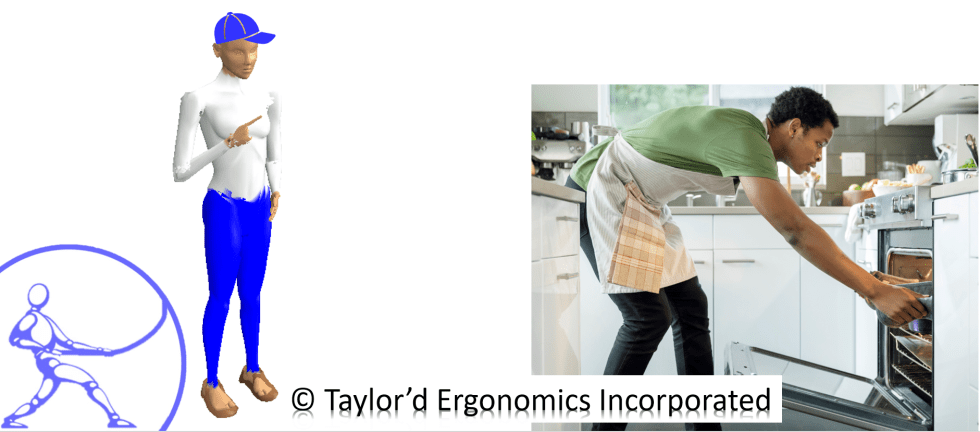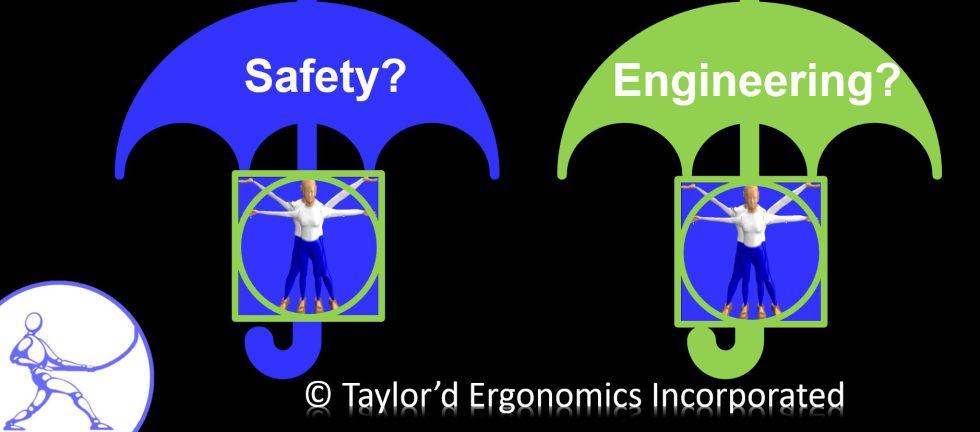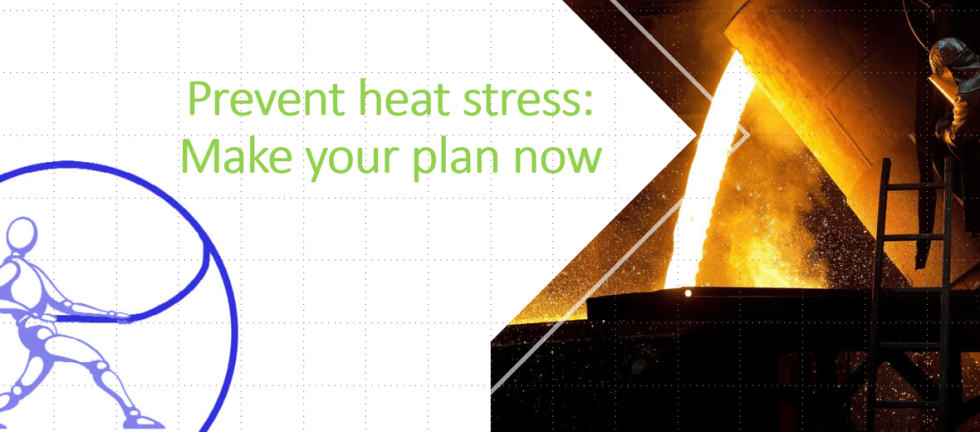Enhancing material handling safety: Insights from the Webinar about MLITSD’s 2024-2025 Campaign
Callum and Carrie participated in last week’s webinar, hosted by WSPS and the Ministry of Labour, Immigration, Training, and Skills Development (MLITSD). The webinar was aimed at helping companies and safety managers prepare for the Ministry’s current (April 2024-March 31, 2025) material handling focus. Here’s what we learned, and how we can help. Struck by […]









